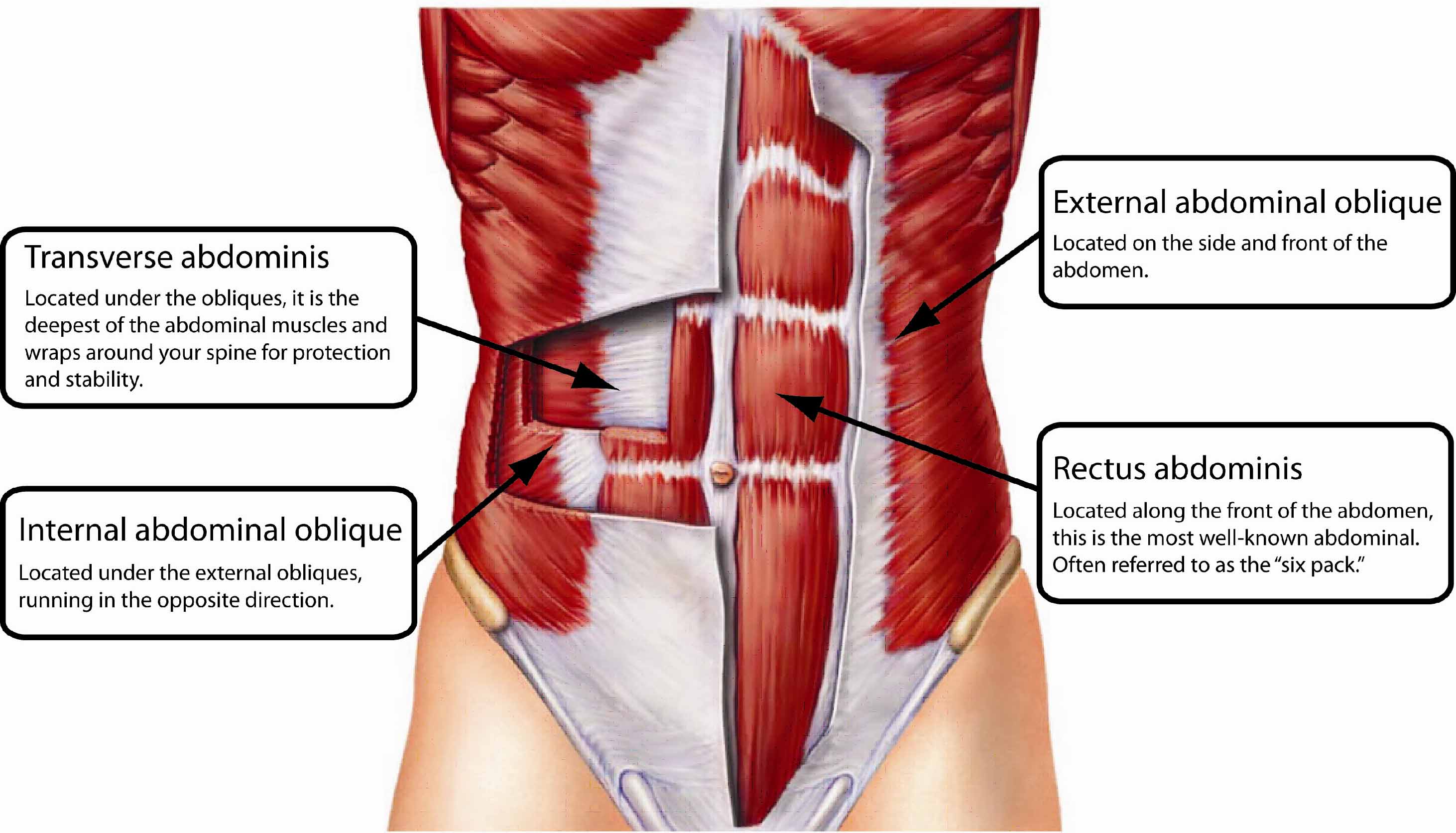Ripped Abs and Beauty
There’ve been many signifiers of fitness and beauty over the years. You can see this by looking at art from around the world and the way people are portrayed in photographs, paintings and sculptures throughout history. Some cultures value more body fat as an indication of being well-fed and healthy. Others have preferred to modify the shapes of their heads or lengths of their necks. Ritual scarring, tattooing and other body modifications are prized by yet others. In 2018 USA we value ripped abs.
In fact, eight packs would be “better.” I’ve even seen a few freaks of nature with 10 packs. But these are extremes based on genetics, not fitness per se. Some people have more heads on their rectus abdominis. Most of us have six, and we’re lucky just to get those out, let alone the extras. Speaking of which, how do you get your abs to show?

Abs are made in the kitchen
You cannot out-exercise a bad diet.
This is critical for you to understand and accept. Your success in getting your ripped abs to show will be directly related to how willing you are to be strict on your diet. Everyone will be a little different, but this is the truth: If you want visible abs, you have to eat properly for them. The reason is that you eat multiple times per day, every day; however, you nearly always exercise with much less frequency. Generally, you also burn fewer calories in most workouts than you consume in most meals. Taken on balance, what you eat will be more likely to affect your progress than how much or how intensely you exercise.
No, really. That’s it. Though you can PayPal me $8.00 for revealing the mystery, if you feel so inclined.
At the core of the matter
Beyond food, though, you do want to keep your core strong. I really don’t like the word “core,” which I think I’ve said in a past installment of this column; however, it’s the term that’s become familiar, so let’s just go with it. Often people will presume “core” means “abs.” This is not the case. But also, “core” isn’t only the multiple layers of muscles over your tummy. Nope, there’s much more to it than that.
I would argue (and I think I make a good point), that your “core” is your pelvis and anything that connects to it. Think about that. That would be all the many layers of muscles on the front and side of your belly. The muscles of your mid- and lower back are included, as are your butt and thighs. Really, I consider the “core” to be everything from the nipples down to the knees, frontside and backside. But let’s narrow it down a bit for the purposes of this article.

Programming for abs
Flexion: When you curl into a ball or fetal position, you are moving through sagittal flexion. Movements in the sagittal plane include somersaults, or the spinning of the tires on a bicycle. Exercises that do this include sit ups, reverse crunches, hanging knee raises, supine leg lifts, etc. These exercises train your six pack and hip flexors.
Abduction/Adduction: When you wake up in the morning, yawn, stretch and then crunch sideways, you are abducting your head away from the center of your body. Movements in the frontal plane include jumping jacks and cartwheels, or the steering wheel in your car. The pendulum on a grandfather clock swings through the frontal plane. Exercises that do this include lateral crunches, side plank holds, standing lateral dumbbell crunches, spider-mans, etc. These exercises train your obliques.
Rotational Flexion: When you twist around in your seat at work to throw shade at the coworker behind you who keeps singing the same damn Beyonce song on repeat (I know, I’m sick of it, too), you’re moving through the horizontal plane. Movements through this plane generally involve twisting or spinning. Imagine a ballerina turning like a top on her toes. Exercises that do this include Russian twists, windshield wipers, standing cable twists and bicycle crunches. These exercises are much more complex, and they don’t work as isolations the way other “core” exercises do. They’re great for integrating and coordinating many muscles simultaneously, and they tend to mimic the types of movement you are likely to perform in your everyday life.
Extension: When you arch back to watch a bird, or a plane, or Superman (more on him in a moment) flying directly overhead, you are moving through sagittal extension. Exercises that do this include hyperextensions, kettlebell swings, super-mans, etc. These are great for recruiting your butt and lower back. You will likely also feel them in your hamstrings (the back of your thighs).
To create balance in your “core” training, select an exercise from each category. You’ll have four exercises. Do 25 reps per direction of each exercise (e.g., 25 reverse crunches; 25 lateral crunches on the right, 25 again on the left; 25 Russian twists per side; and 25 super-mans). Repeat that four times.
Recent Posts

Glycemic Index vs Glycemic Load
This score indicates how damaging a food will be to your blood sugar levels. Foods that score 0-55 are rated low impact (and thus presumed to be better for diabetics and those looking to maintain healthy weight and/or body fat ratios), but this is not the whole picture.

Caffeine: 14 better options to ease SAD
Nearly a year ago to the dot, I wrote an article about Seasonal Affective Disorder (SAD), but there I focused on the importance of getting access to a full range spectrum of light. Here I’d like to focus on caffeine and sleep’s effect on SAD. I’ll also offer suggestions for what to do to help you feel better on the dark days.

Avoid fish oil supplements
I don’t generally promote supplements. Most of them play to specific, isolated points of medical research to serve as a magic pill. One remarkable example of this is fish oil.
